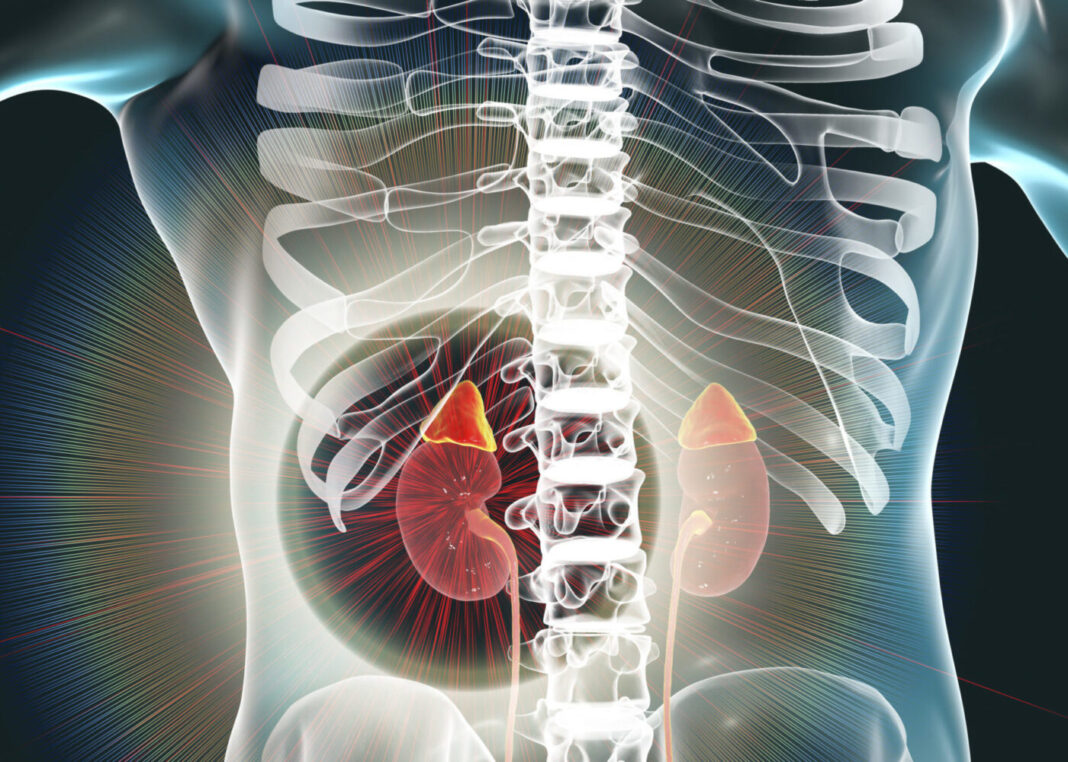There are some genetic variations that are linked to an increased risk of developing kidney disease such as variations in MYH9 and APOL1 genes. Now, researchers at the Australian National University (ANU) have identified a mutation in the gene VANGL1 that causes the development of kidney disease. Further testing also revealed that the gene helps prevent the immune system from attacking the kidney.
The findings are published in the journal Cell Reports Medicine in a paper titled, “Deletions in VANGL1 are a risk factor for antibody-mediated kidney disease.”
“We identify an intronic deletion in VANGL1 that predisposes to renal injury in high-risk populations through a kidney-intrinsic process,” the researchers wrote. “Half of all systemic lupus erythematosus (SLE) patients develop nephritis, yet the predisposing mechanisms to kidney damage remain poorly understood. There is limited evidence of genetic contribution to specific organ involvement in SLE. We identify a large deletion in intron 7 of Van Gogh Like 1 (VANGL1), which associates with nephritis in SLE patients.”
The researchers sequenced the genome of patients with autoimmune kidney disease and Tiwi Islanders with extremely high rates of kidney disease.
“Patients with this mutation will be significantly more likely to develop kidney disease,” lead author, nephrologist, and ANU research fellow, Simon Jiang, PhD, said.
“This discovery has big implications for Tiwi Islanders. They have the highest recorded rates of kidney disease in the world.
“When you have a systemic immune or inflammatory disease, this mutation allows the immune system to attack the kidney. The natural function of this gene is to slow that inflammatory process down,” Jiang explained.
“People think immune diseases such as lupus happen to attack the kidneys by chance. What we have actually shown for the first time is that the kidney has its own way of resisting or stopping that assault.”
The new findings highlight the evolving role of VANGL1 and other PCP genes in kidney injury and repair, which may have important implications for therapeutics and transplantation.



